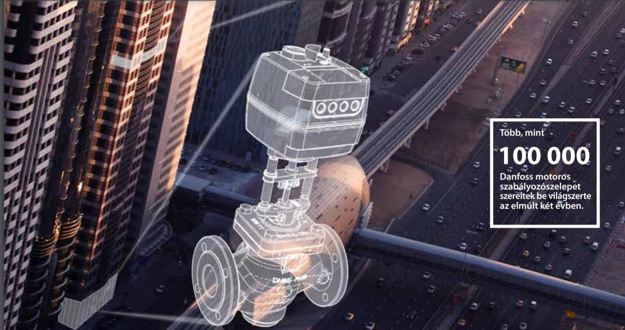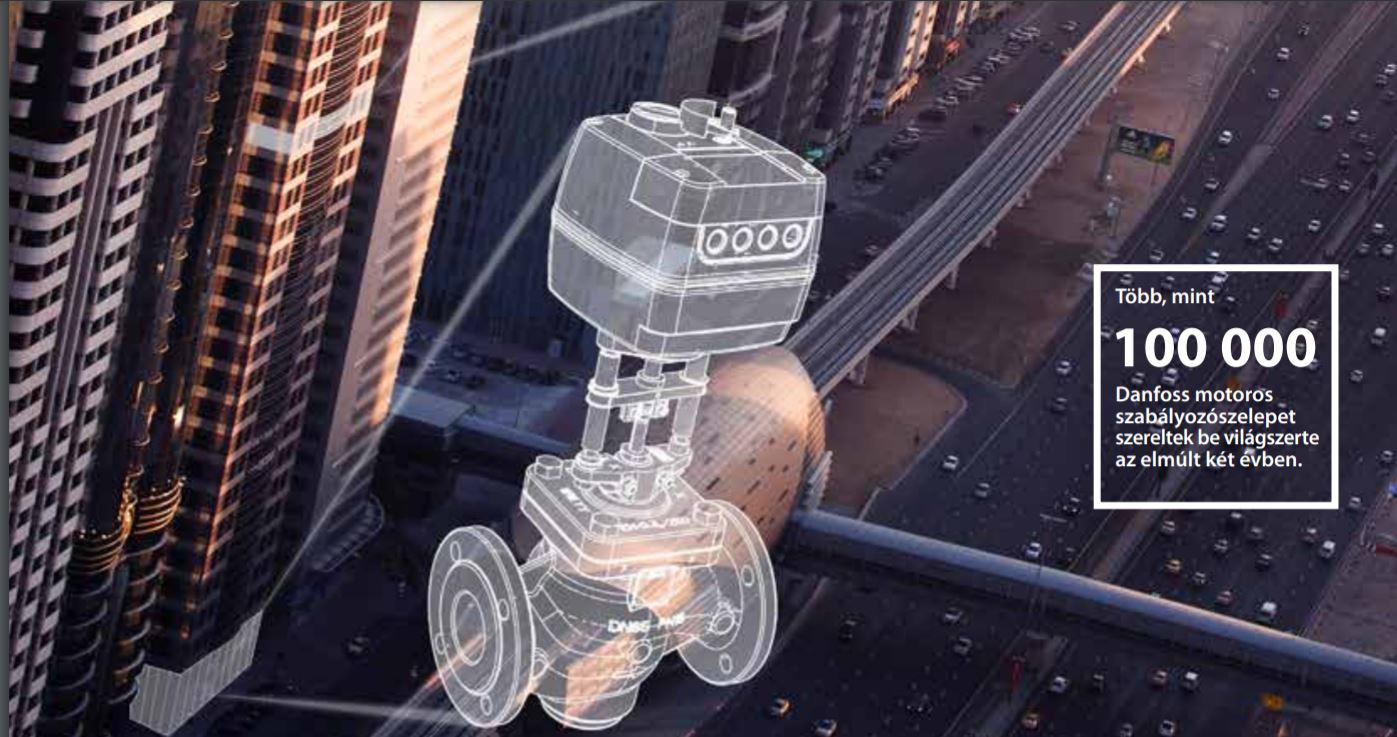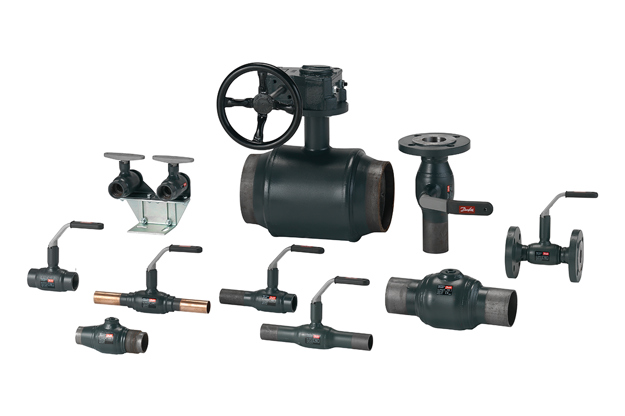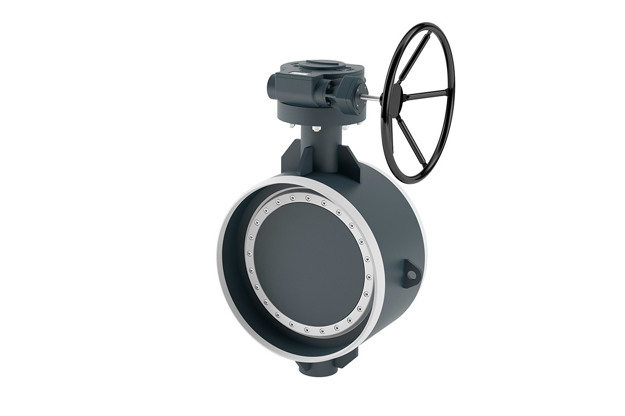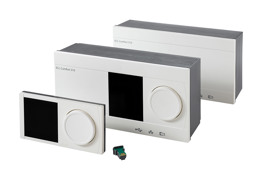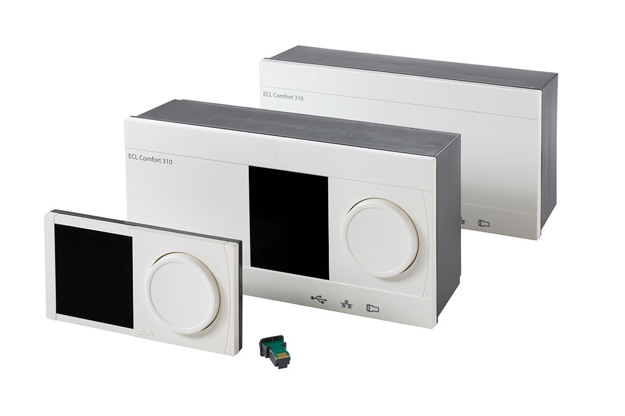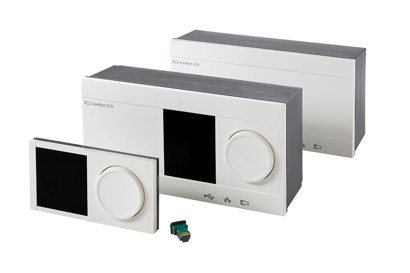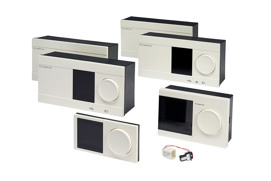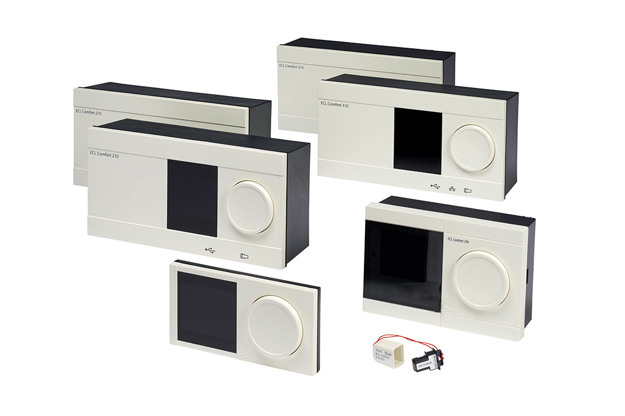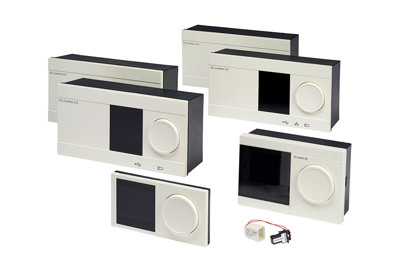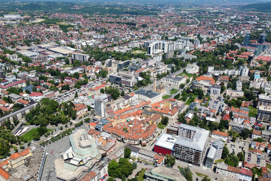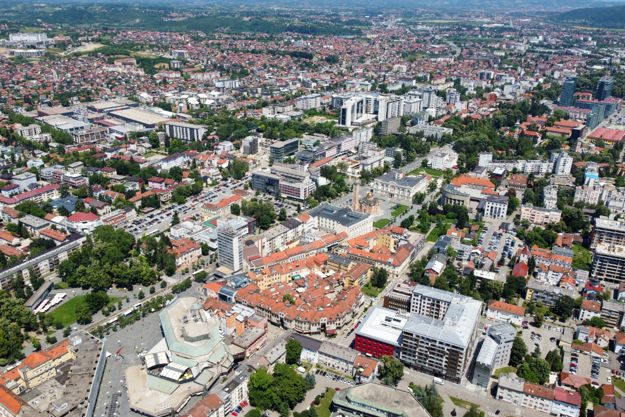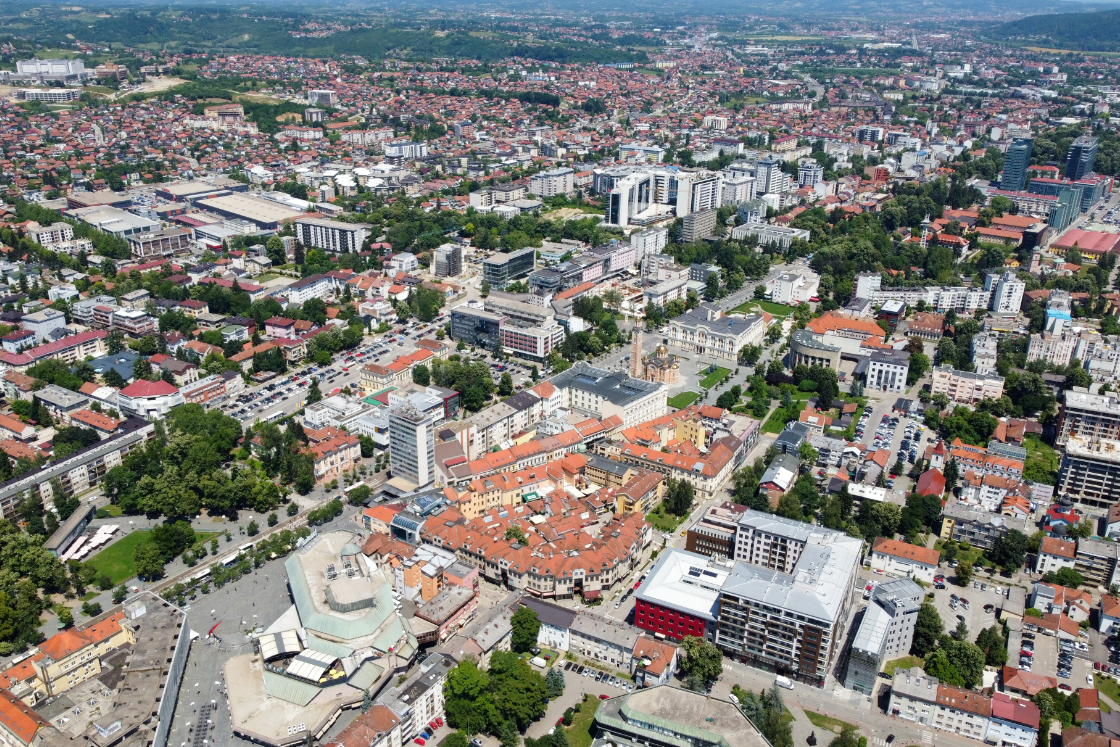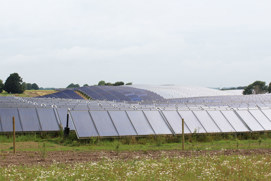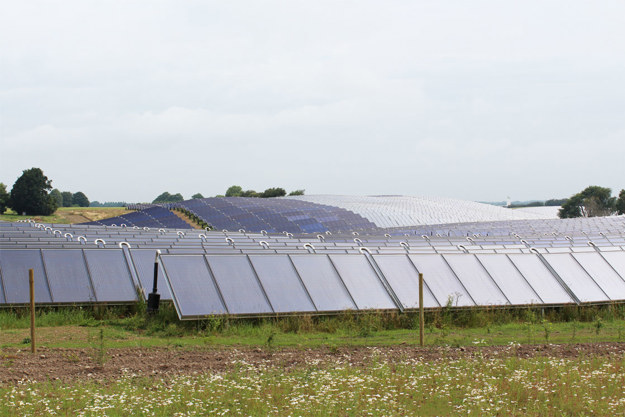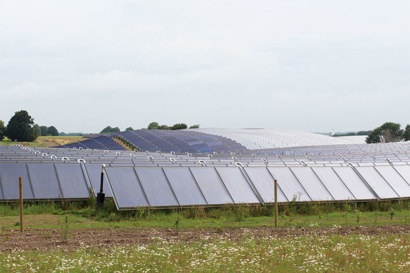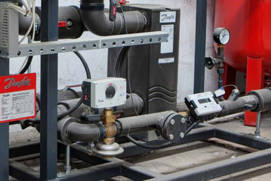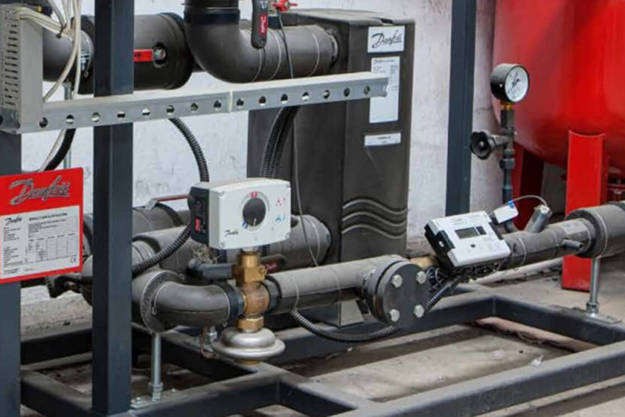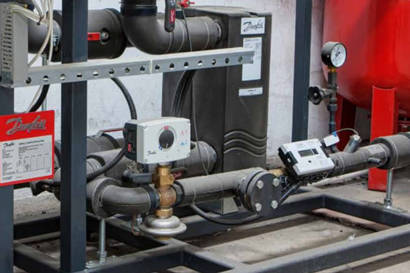Distribution network: Safe, sustainable and scalable
A district energy network is extremely flexible and can be used to connect as few as 30-40 houses. This allows cities to grow an existing network as funding, planning and other opportunities become available.
Efficient operation of the district heating network requires that the entire value chain from generation, distribution and usage is designed and maintained to be optimum balance.
Danfoss’ many years of experience can help you with designing the optimal district heating network, whether you are starting from scratch or renovating an existing district energy network.
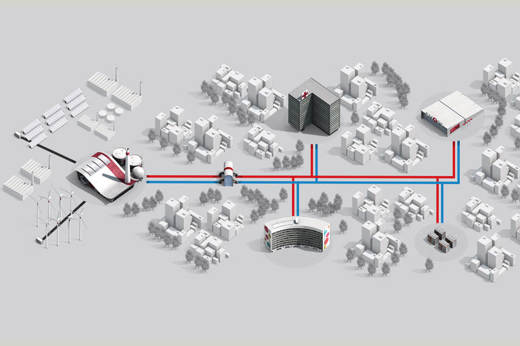
Network design
Optimal network design is key to an economically fit district energy network. Therefore we utilize the network thermo-hydraulic model to avoid over-designing and to verify capacity and impact on the whole network. This means that by installing proper control equipment you can benefit from network balancing and therefore lowering your initial investments. The control components and hydraulic model will also enable ∆T optimization which will ensure system efficiency and reduction of primary energy generation cost, as supply temperature will be optimized, and temperature and flow can be balanced in real time.
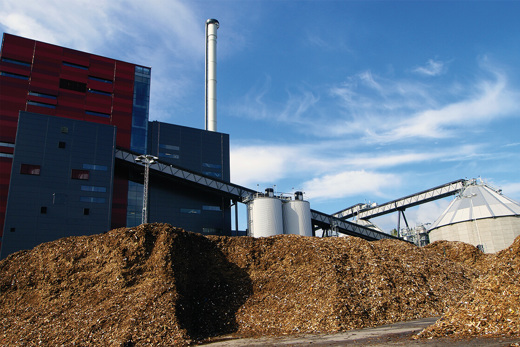
Planning the optimal fuel-mix
In heat production the utilization of various heat sources can be optimized by planning the optimal fuel-mix. District heating technology makes use of a wide variety of energy resources:
- Boilers using conventional or renewable fuels such as biomass;
- Heat from power generation such as a Combined Heat and Power plant;
- Waste heat from industrial processes;
- Energy generated from municipal waste incineration;
- Natural heat sources such as solar, geothermal or wind.

Responding to peak energy demand
Also when it comes to peak energy demand Danfoss can support you with expertise and production simulation to enable smart district energy production and distribution planning. This will secure maximum utilization of heat accumulation in buildings and networks.
How we can help you
Years of experience in building and maintaining district energy networks
Innovative technical solutions, optimization and performance
Product portfolio for district heating and cooling applications in networks and buildings
Consultancy and customer dedication
Experience with all types of initial energy sources
Global reach with strong local representation and know-how
Safety and reliability in cooperation
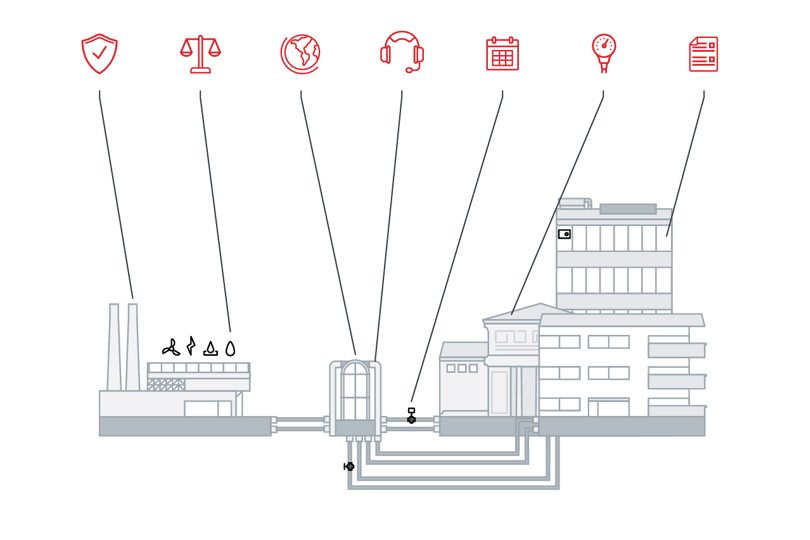
Tools and apps
Related products
-
if (isSmallPicture) {


 Motorised control valves and actuators
Motorised control valves and actuatorsMotorised control valves ensure perfect control and efficiency for every building and application. Danfoss Motorised Control Valves (MCV) for district heating and cooling, HVAC and central heating systems ensure stable and accurate control of water, glycol mixtures and steam.
-
if (isSmallPicture) {


 JIP® on/off ball valves for district energy applications
JIP® on/off ball valves for district energy applicationsBall valves enable on/off control of the building system connection. They create the sectioning of the system that enables service, maintenance and repairs to be carried out in sections, without shutting down or emptying the whole system.
-
if (isSmallPicture) {


 Butterfly valves
Butterfly valvesButterfly valves are the components that provide on/off regulation of the district heating, HVAC or water applications where limited space is available for components.
-
if (isSmallPicture) {


 Weather compensation
Weather compensationIntelligent weather compensation performed by a correctly commissioned electronic heating controller optimises the energy efficiency of a district heating system by reducing the return temperature. This creates energy savings of around 10-15 % and a longer system life.
-
if (isSmallPicture) {


 ECL controllers
ECL controllersElectronic controllers are intelligent temperature regulators. They can be adapted to a variety of district heating systems, ensuring high comfort level and optimum energy utilisation.
Case studies
-
if (isSmallPicture) {


 Danfoss partners with the city of Banja Luka to decarbonize district energy
Danfoss partners with the city of Banja Luka to decarbonize district energyThe Challenge: Renovate 34 of the city’s largest heating substations
The Solution: Danfoss Leanheat® Monitor enables full substation digitalization
The Results: reduced heat consumption by 10% -
if (isSmallPicture) {


 Solar heating plant reduces CO2 emissions by 15,700 tonnes annually
Solar heating plant reduces CO2 emissions by 15,700 tonnes annuallyThe world’s largest solar heating plant in Silkeborg, Denmark harnesses energy to heat the homes and workplaces of 40,000 citizens. It supplies 18-20% of the annual heat consumption in the city of Silkeborg, Denmark, which has an ambitious target of CO2 neutrality in heat production by the year 2030.
-
if (isSmallPicture) {


 Heating facility reconstruction in Kopaonik mountain resort, Serbia
Heating facility reconstruction in Kopaonik mountain resort, SerbiaBuilding: Hotel
Application: Hydronic balance, control and monitoring of a heating system
Challenge: Improve the energy efficiency of old heating system
Solution: Danfoss installed motorized control valves, hydronic balancing valves and electronic controllers with monitoring software -
if (isSmallPicture) {


 First ever district heating system with substations in Turkey
First ever district heating system with substations in Turkey600 residents in the town of Soma in Western Turkey now enjoy the comforts of a reliable and cheap heat supply from the town’s brand new district heating system.
In the coming years, more than 8,000 households will be joining the system that exploits the excess heat from the municipal power plant – a great improvement from the charcoal boilers of the past, and much less expensive.



